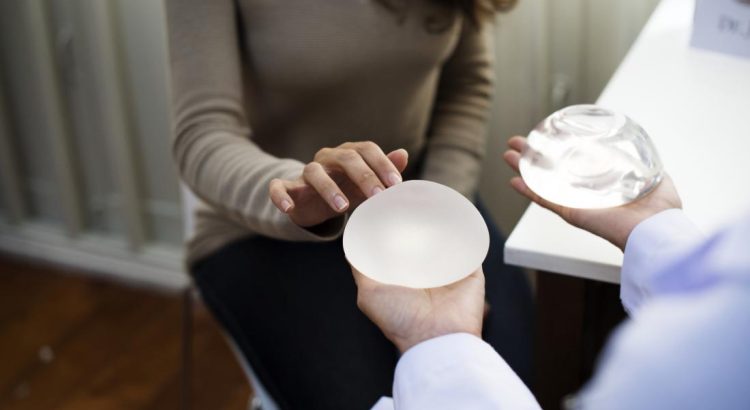Contents;
Why Should You Replace Breast Implants?
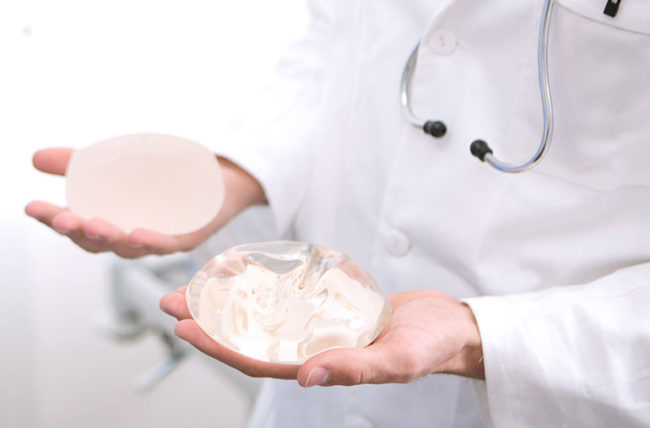
Breast implants have become increasingly popular among women seeking to enhance their appearance and boost their self-confidence. While many women are satisfied with the results of their breast augmentation surgery, there may come a time when replacement is necessary. Replacing breast implants can be beneficial for several reasons.
Firstly, over time, breast implants may begin to show signs of wear and tear. This can happen due to factors such as aging, weight fluctuations, or the natural settling of the implants. As a result, the shape and appearance of the breasts may change. By replacing the implants, women can restore a more youthful and symmetrical look.
Secondly, advancements in implant technology have occurred over the years, leading to improved options for breast augmentation. LATEST advancements in implant technology offer women more choices in terms of size, shape, and texture. This means that if a woman is no longer satisfied with her current implants, she can opt for newer options that better suit her desired outcome.
Lastly, regular check-ups are crucial in ensuring the ongoing health and safety of breast implants. Routine examinations allow plastic surgeons to detect any signs of implant complications or issues early on. Such complications may include capsular contracture, implant rupture, or changes in breast tissue. By replacing breast implants when necessary, women can address potential problems and minimize the risk of further complications.
- Regular check-ups
- Wear and tear
- Advancements in implant technology
- Restore a more youthful and symmetrical look
- Minimize the risk of further complications
- Improved options for breast augmentation
- Newer options that better suit desired outcome
When Should You Consider Replacement?
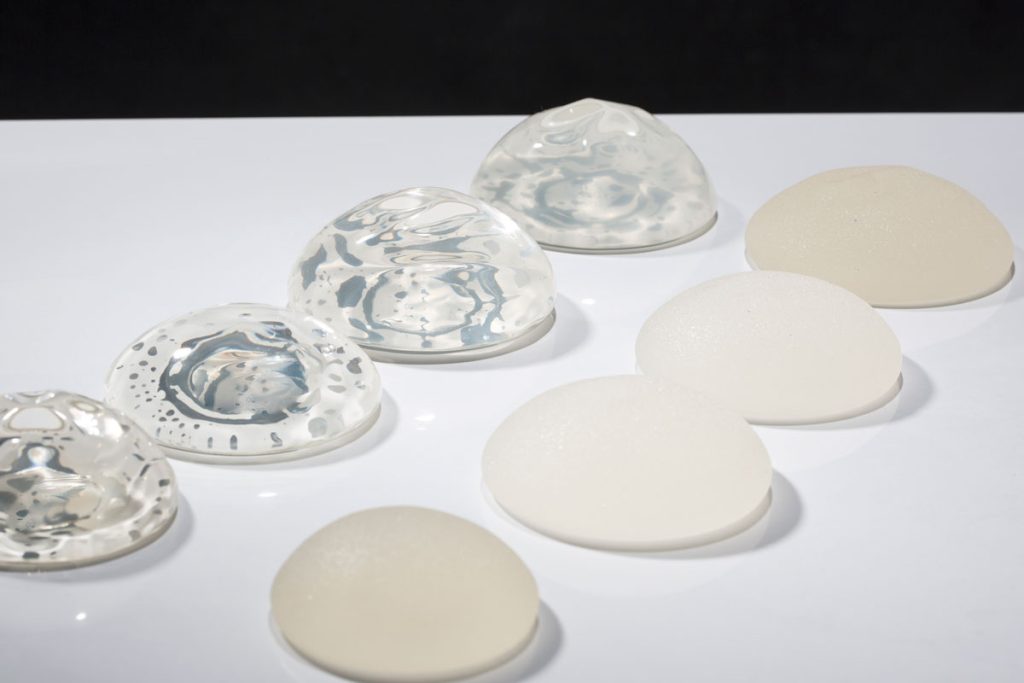
When considering breast implants, it is important to understand that they are not permanent and may require replacement at some point. While breast implants are designed to be long-lasting, there are several reasons why you may need to consider replacement.
One reason to consider replacement is implant rupture or leakage. Over time, breast implants can weaken and develop small tears or holes, causing the silicone or saline to leak out. This can lead to changes in breast shape, size, or firmness. If you suspect a rupture or leakage, it is crucial to consult with a qualified surgeon to assess the situation. In some cases, the implant may need to be replaced.
Another factor to consider is changes in breast appearance or aesthetic concerns. As the body ages, breast tissue may change, affecting the appearance of the breasts. This can include sagging, loss of volume, or changes in breast symmetry. If you are dissatisfied with the appearance of your breasts and desire a more youthful and attractive contour, you may want to consider replacement.
Additionally, health issues or complications may arise over time. While breast implant surgery is generally safe, there is always a small risk of complications. These can include capsular contracture (hardening of the scar tissue around the implant), implant displacement, infection, or implant malposition. If you experience any of these complications or are concerned about your overall health and wellbeing, it is essential to consult with a qualified surgeon who can evaluate your situation and determine if a replacement is necessary.
| Signs that may indicate the need for replacement include: |
|---|
|
|
|
The Importance Of Regular Check-Ups
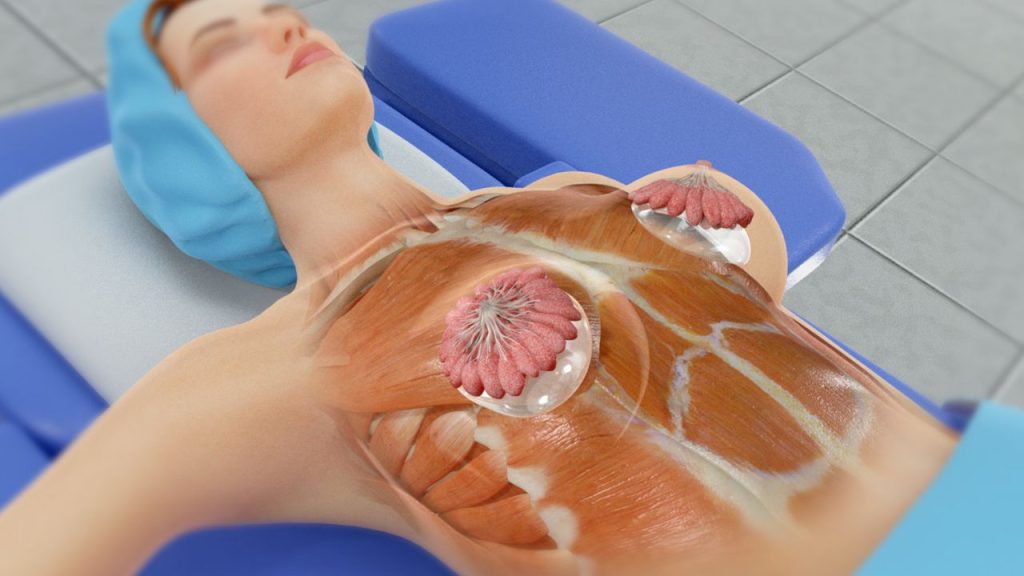
Regular check-ups are essential for the maintenance and longevity of breast implants. Breast implants are not lifetime devices, and they can deteriorate over time. Therefore, it is crucial to monitor their condition through routine appointments with your plastic surgeon.
During these check-ups, your surgeon will evaluate the integrity of your implants, check for any signs of complications or changes, and assess your overall breast health. They may also perform imaging tests, such as mammograms or ultrasounds, to get a more detailed picture of the implants.
Regular check-ups allow your surgeon to detect any early warning signs of implant problems, such as leakage, rupture, or capsular contracture. Early detection enables timely intervention, which can help prevent further complications and the need for more invasive procedures.
Signs Of Implant Complications
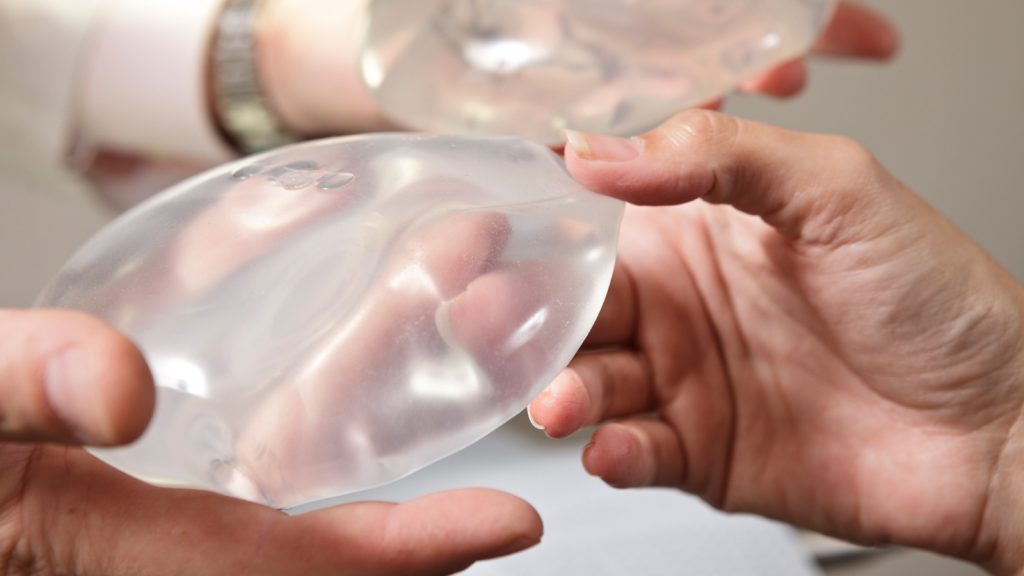
Breast implants have become increasingly popular among women who desire to enhance the size and shape of their breasts. While breast augmentation surgery is generally safe and successful, there are still possible complications that can occur. It is important for women to be aware of the signs of implant complications so they can seek medical attention promptly if necessary.
One sign of implant complications is capsular contracture, which occurs when the scar tissue surrounding the implant tightens and squeezes the implant. This can cause the breasts to feel hard or firm, and may also result in discomfort or pain. Another potential complication is implant rupture, where the implant shell tears or leaks. This can lead to changes in breast shape, size, or symmetry, as well as pain or tenderness.
In addition, implant displacement or malposition can occur, causing the implants to shift from their desired position. This can result in unnatural-looking breasts or asymmetry. Women may also experience implant rippling or wrinkling, particularly in cases where the patient has thin breast tissue or inadequate coverage over the implant.
It is important to note that these signs of implant complications may vary from person to person. Some women may experience no symptoms at all, while others may have more noticeable or severe issues. Regular self-examinations and routine follow-up visits with a plastic surgeon are crucial for detecting any potential problems. If any signs of implant complications are observed, it is important to consult with a qualified surgeon for further evaluation and potential treatment options. By addressing complications promptly, women can ensure the long-term success and satisfaction of their breast implant surgery.
- Capsular contracture
- Implant rupture
- Implant displacement or malposition
- Implant rippling or wrinkling
| Signs of Implant Complications |
|---|
| Capsular contracture |
| Implant rupture |
| Implant displacement or malposition |
| Implant rippling or wrinkling |
Latest Advancements In Implant Technology
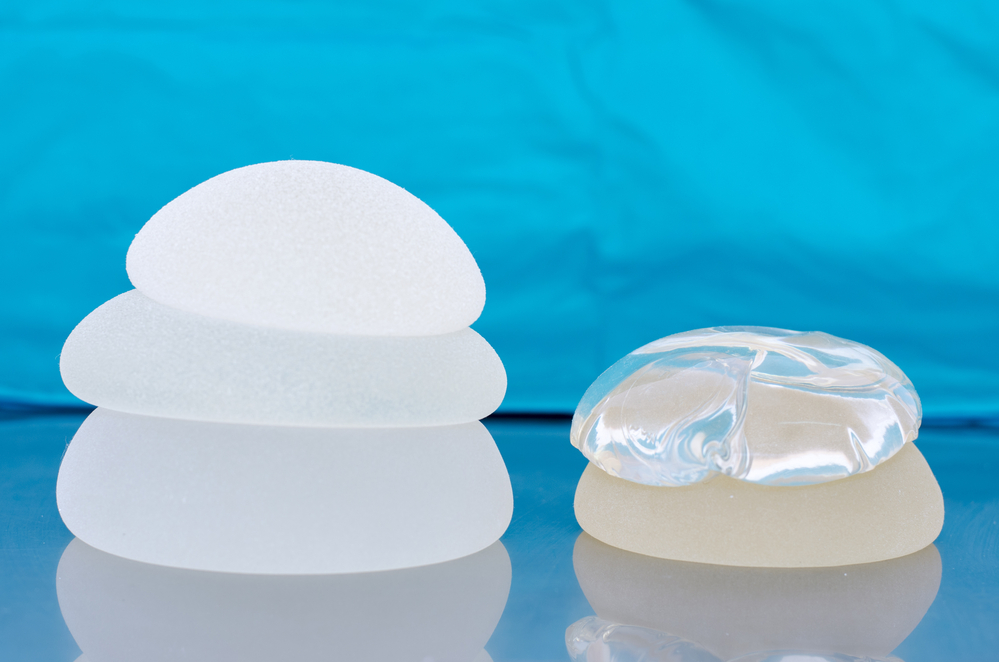
In recent years, there have been significant advancements in implant technology, particularly in the field of breast implants. These advancements have led to improved safety, outcomes, and patient satisfaction. Today, I will discuss some of the latest advancements in implant technology that have revolutionized the field of breast augmentation.
One major advancement is the development of cohesive gel implants, also known as “gummy bear implants.” These implants are filled with a highly cohesive silicone gel that maintains its shape and form, even if the outer shell is compromised. This reduces the risk of implant rupture, leakage, and the associated complications. The cohesive gel also provides a more natural look and feel to the breasts, enhancing patient satisfaction.
Another noteworthy advancement is the use of textured implants. Unlike smooth implants, textured implants have a rough surface that allows tissue to adhere to the implant, minimizing the risk of implant rotation and displacement. This technology has been particularly beneficial for women with thin breast tissue or those undergoing breast reconstruction after mastectomy.
- Additionally, advancements in implant technology have led to the development of adjustable implants. These implants have a fillable inner chamber that allows for adjustments in implant volume after surgery. This can be particularly useful in cases where there is breast asymmetry or when the patient desires a change in implant size. The ability to make adjustments without further surgery saves time, money, and reduces patient discomfort.
| Benefits of the latest implant technology: |
|---|
| 1. Enhanced safety and reduced risks: The cohesive gel and textured surface of modern implants reduce the risks of rupture, leakage, rotation, and displacement. |
| 2. Improved aesthetics and natural feel: The cohesive gel in gummy bear implants provides a more natural look and feel to the breasts, enhancing patient satisfaction. |
| 3. Adjustable implant volume: Adjustable implants offer the flexibility to make changes in implant volume without additional surgeries, addressing breast asymmetry or changing patient preferences. |
| 4. Better outcomes and patient satisfaction: These advancements result in improved outcomes, higher patient satisfaction rates, and increased confidence in the results of breast augmentation or reconstruction procedures. |
In conclusion, the field of implant technology for breast augmentation has witnessed remarkable advancements in recent years. The introduction of cohesive gel implants, textured implants, and adjustable implants has revolutionized the safety, aesthetics, and flexibility of breast augmentation procedures. These advancements provide patients with greater options, reduced risks, and improved outcomes, leading to higher levels of satisfaction. When considering breast augmentation, it is important to consult with a qualified and experienced surgeon who can guide you through the latest implant technology options most suitable for your unique needs and goals.
Choosing The Right Surgeon For Replacement
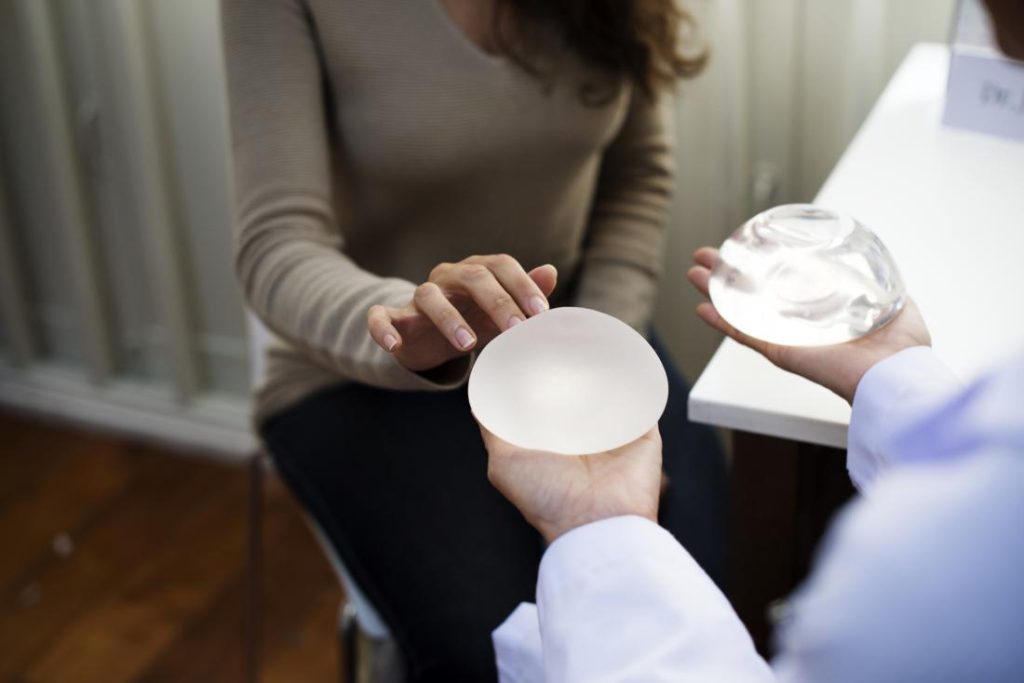
When it comes to choosing the right surgeon for breast implant replacement, there are several factors to consider. The process of replacing breast implants requires skill and expertise, so it’s crucial to find a surgeon who specializes in this specific procedure.
One key factor to consider is the surgeon’s experience and qualifications. Look for a surgeon who is board-certified in plastic surgery and has significant experience in performing breast implant replacement surgeries. This ensures that they have received the necessary training and have a proven track record of successful outcomes.
Additionally, it’s essential to research the surgeon’s reputation and patient reviews. Reading testimonials from previous patients can provide valuable insights into the surgeon’s professionalism, bedside manner, and overall satisfaction with their results. Online platforms and forums dedicated to plastic surgery reviews can be a helpful resource in finding this information.
- Another important aspect to consider when choosing a surgeon for breast implant replacement is their communication and rapport. It’s essential to feel comfortable and confident in your surgeon’s abilities, as well as their ability to listen to your concerns and answer your questions. A good surgeon will take the time to thoroughly explain the procedure, discuss your goals and expectations, and address any potential risks or complications.
Furthermore, it is crucial to consider the surgeon’s facilities and the technology they utilize. A reputable surgeon will operate in an accredited surgical center or hospital and have access to the latest advancements in implant technology. This ensures that you receive the highest standard of care and benefit from cutting-edge techniques and materials.
| Key Points to Consider: | |
|---|---|
| Experience and Qualifications: | Choose a surgeon who is board-certified in plastic surgery and has extensive experience in breast implant replacement surgeries. |
| Reputation and Patient Reviews: | Research the surgeon’s reputation and read testimonials from previous patients to ensure their satisfaction and professionalism. |
| Communication and Rapport: | Find a surgeon who listens to your concerns, explains the procedure thoroughly, and addresses your goals and expectations. |
| Facilities and Technology: | Ensure that the surgeon operates in an accredited surgical center or hospital and utilizes the latest advancements in implant technology. |
Recovery Time After Breast Implants Replacement
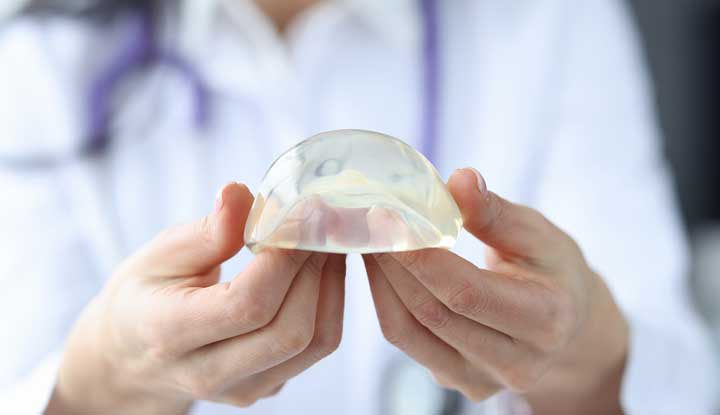
Recovering from breast implants replacement is an important part of the journey towards achieving your desired results. After undergoing surgery, it is crucial to follow your surgeon’s instructions for a smooth and successful recovery. The healing process may vary from person to person, but there are general guidelines to keep in mind.
1. Rest and Take It Easy: It’s essential to give your body ample time to rest and recover after breast implant replacement surgery. Avoid strenuous activities, heavy lifting, and exercise during the initial weeks post-surgery. Take things easy and listen to your body’s signals.
2. Follow Post-Operative Care Instructions: Your surgeon will provide you with detailed post-operative care instructions to minimize complications and promote healing. This may include wearing a compression garment, taking prescribed medications, and avoiding certain activities. It is important to strictly adhere to these instructions for optimal results.
3. Monitor Your Healing Progress: Keep a close eye on your recovery progress and watch for any signs of concern. Swelling, bruising, and mild discomfort are common in the days following surgery, but if you experience excessive pain, bleeding, or abnormal changes in the breasts, contact your surgeon immediately.
4. Maintain a Healthy Lifestyle: Proper nutrition and a healthy lifestyle are essential for a speedy recovery. Make sure to consume a balanced diet, rich in vitamins and minerals, to support the healing process. Avoid smoking and excessive alcohol consumption, as they can hinder your body’s ability to heal effectively.
5. Attend Follow-Up Appointments: Regular check-ups with your surgeon are crucial during the recovery phase. These appointments allow your surgeon to monitor your progress, address any concerns, and ensure that the implants are settling properly. Be diligent in attending all scheduled follow-up visits.
| Recovery Timeline: | Activity Level: |
|---|---|
| Week 1-2: | Rest and limit physical activity. Avoid lifting heavy objects. |
| Week 3-4: | You can gradually increase activity level, but still avoid strenuous exercise. |
| Week 5-6: | You may resume most normal activities, but consult your surgeon before returning to vigorous exercise. |
| Week 7 onwards: | You should be able to resume all regular activities and exercises, including chest exercises, after obtaining your surgeon’s approval. |
In conclusion, recovering from breast implant replacement requires patience, proper care, and adherence to your surgeon’s instructions. By resting, following post-operative care guidelines, monitoring your healing, maintaining a healthy lifestyle, and attending follow-up appointments, you can facilitate a successful recovery and enjoy the results of your breast implant replacement.
Breast Aesthetics Category
All Details of Breast Aesthetics
Breast Lift Surgery Details
Breast Aesthetics Recovery Process
